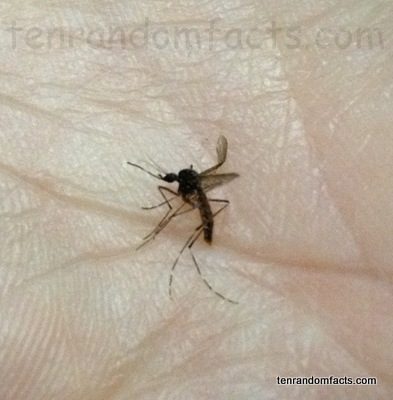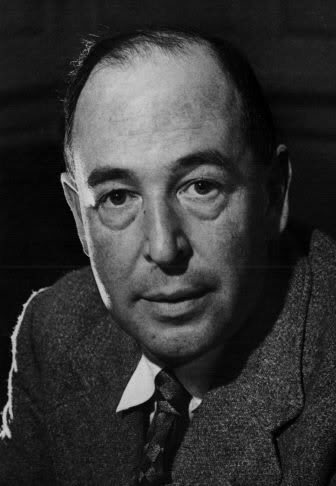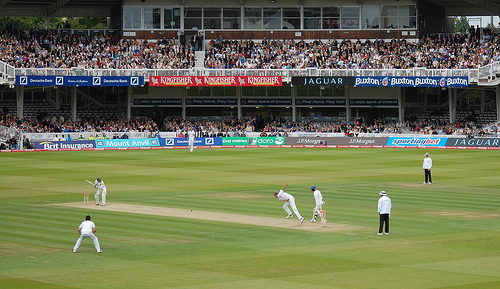
Boom, boom, boom.
- Headphones are sound projectors or speakers that are placed over the head and on the ears.
- Headphones normally have wires that connect to a music player or a communication or sound device, although sometimes they are wireless.
- Headphones are sometimes known as ‘earspeakers’ or ‘cans’.
- Headphones sometimes have a microphone included and these headphones are called headsets.
- In 1910, the first working headphones were created by Nathaniel Baldwin, a professor, among other things, but he didn’t patent his invention.
- Some headphones have a padded area that fits around the ears and presses against the head, and these headphones are called ‘circumaural headphones’; or they have padding that sits and presses onto the ears, and these are called ‘supra-aural headphones’.
- Nathaniel Baldwin’s headphones were designed for radio communication and he sold them to the US Navy.
- Headphones are often used to listen to the audio device in private, or to prevent distraction to others, such as in libraries.
- Using headphones with the volume on high, can cause deafness or other hearing problems.
- Wearing headphones while exercising can be dangerous due to less blood in the ear, which causes the ears to be more easily damaged by loud volumes during those periods.














